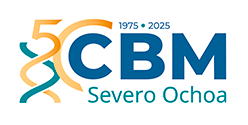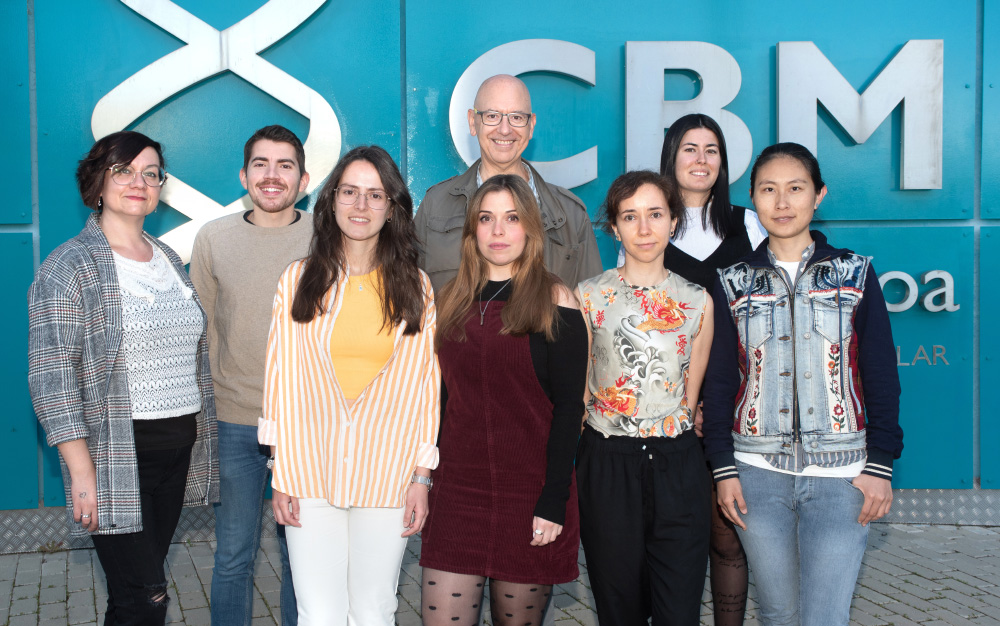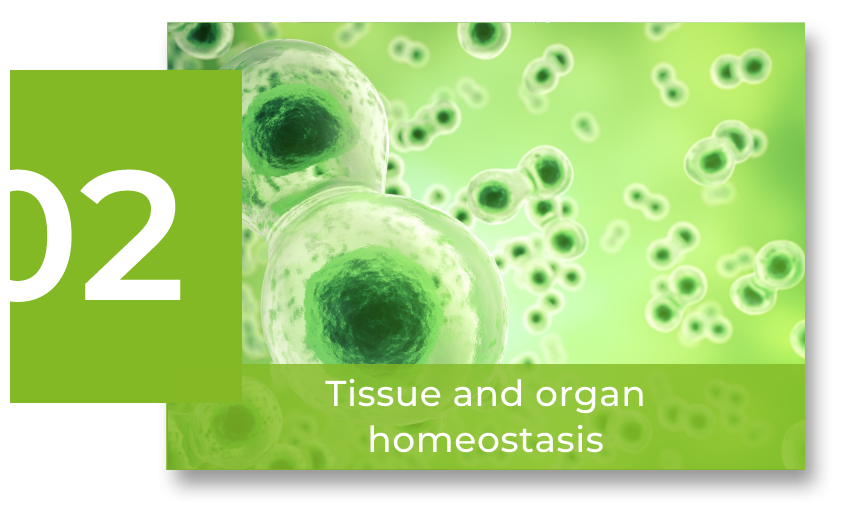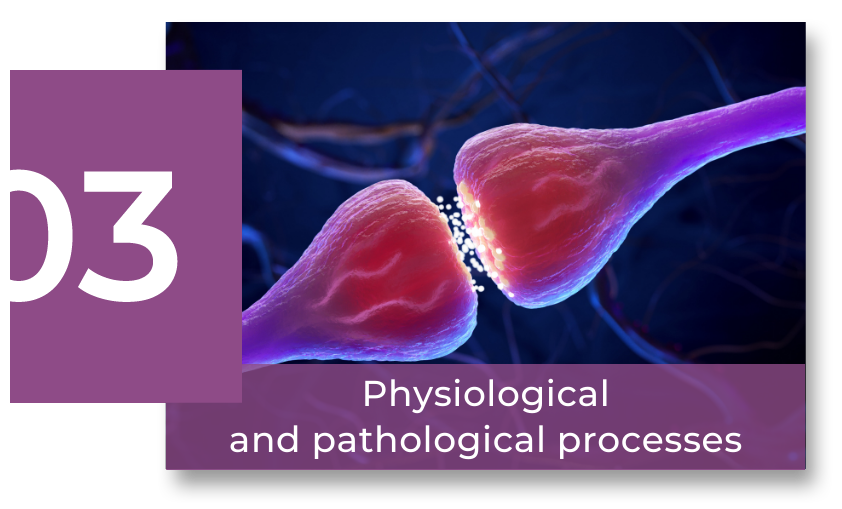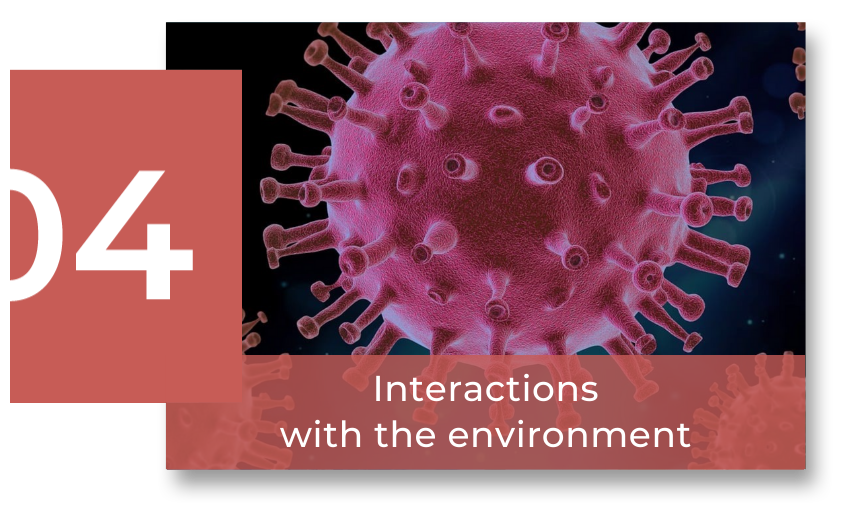Scientific Program
Tissue and organ homeostasis
RESEARCH GROUP
Molecular characterization of vascular pathogenesis and lymphomagenesis

Miguel R. Campanero
Our group is interested in developing effective therapies for lymphoid tumors and cardiovascular pathologies such as hypertension, thoracic aortic aneurysms, and abdominal aortic aneurysms. To achieve this, we investigate the molecular and cellular mechanisms underlying these pathologies using animal models, omics approaches, advanced imaging techniques, and molecular and cellular biology

Research
Research summary:
The goal of our group is to discover new therapeutic targets for the two leading causes of mortality worldwide: cancer and cardiovascular diseases. Our research focuses on identifying molecular mechanisms altered in these diseases using a combination of in vitro and in vivo experimental approaches, including transcriptomic, proteomic, cellular, and molecular analyses; generation of animal models for the pathologies, and advanced imaging techniques.
MOLECULAR BASIS OF VASCULAR PATHOGENESIS
We are interested in uncovering novel mediators of cardiovascular pathogenesis, one of the major causes of death worldwide, because these mediators might become novel targets for therapeutic intervention. To this end, we use a combination of in vitro and in vivo experimental approaches involving transcriptomics, proteomics, cellular and molecular analysis, mouse models, and advanced imaging techniques.
Our pioneering studies, in collaboration with Dr. J.M. Redondo’s group, have revealed that Adamts1 metalloproteinase deficiency leads to the formation of thoracic aortic aneurysms (TAA) in mice due to the accumulation of versican (a substrate of Adamts1) and the subsequent induction of NOS2, the inducible nitric oxide (NO) synthase, mediated by PI3K/AKT. We have demonstrated that NOS2-mediated overproduction of NO is responsible for cGMP overproduction by sGC and the consequent overactivation of PKG, leading to the structural degeneration of the aortic wall. We have also shown that pharmacological inhibition of Nos2 reverses TAA formation in mouse models, suggesting the possibility that blocking the NO signaling pathway could be an effective treatment for TAA. In fact, we are preparing to conduct a clinical trial with NOS2 inhibitors in Marfan syndrome patients, a rare genetic disease where TAA is responsible for over 90% of its lethality. These findings have shifted our understanding of TAA pathophysiology and prompted further investigation into molecular and biomechanical mechanisms in collaboration with research groups from other countries. Much of our current work focuses on identifying additional mediators of these diseases. We are also interested in discovering genes capable of mediating pathological vessel wall remodeling, a critical process in the development of arterial hypertension and diseases such as atherosclerosis, abdominal aortic aneurysms (AAA), and thoracic aortic aneurysms (TAA). We had determined that calcineurin and its downstream effector Rcan1 are essential mediators of atherosclerosis, restenosis, and AAA. Using tissue-specific inducible knockout mice, we discovered that Rcan1 plays a homeostatic role in the aorta, and that its genetic inactivation in adult mice predisposes them to intramural hematomas and subsequent AAA formation in response to arterial hypertension. Furthermore, we demonstrated that proteins such as GSK-3beta, ROCK, and Myosin play a critical role in these processes. These findings have led us to open new and exciting lines of research into the pathogenesis of aortic diseases. In particular, we have initiated a comprehensive study to determine the role of calcineurin in regulating transcriptomic, proteomic, and phosphoproteomic changes in the aorta induced by hypertensive stimuli such as angiotensin II. This research has allowed us to identify additional therapeutic targets for the treatment of arterial hypertension and aortic aneurysms that we are characterizing.
MOLECULAR BASIS OF LYMPHOMAGENESIS
Cell immortalization is a necessary but not sufficient step for tumor transformation. Lymphoblastoid B-Cell Lines (LCLs), produced by infecting normal B lymphocytes from healthy donors with the Epstein-Barr virus, are examples of immortal cells but not tumor cells. Unlike lymphoma cells (tumoral), LCLs and normal primary lymphocytes do not form tumors after inoculation into immunodeficient mice and do not grow in semi-solid media like soft agar hydrogels. Growth in soft gels is characteristic, in particular, of Tumor-Initiating Cells (TICs), which are particularly resistant to most current therapies and responsible for relapses. One of our main objectives is to discover therapeutic targets in tumor-initiating cells. To achieve this, we are using various experimental approaches, including comparing the gene expression of LCLs with that of tumor B lymphocytes (lymphomas and leukemias). We have identified over 1600 differentially expressed genes between lymphoma cells and LCLs and have initiated the study of several candidates. We have discovered that the expression of one of them, CDCA7, is abnormally elevated in all analyzed lymphoid tumor cell lines and in lymphoma biopsies derived from patients. Its elevated expression in lymphomas/leukemias is necessary for growth in soft gels and for tumor formation in immunodeficient mice but is not required for cell proliferation in liquid medium. It is also necessary for the migration and invasiveness of lymphomas by regulating the dynamics of tubulin and actomyosin cytoskeletons. With funding from the Spanish Association Against Cancer Foundation, we are investigating the mechanisms involved in the differential growth in soft gels. Additionally, through a whole-genome shRNA screening, we have identified additional genes required for growth in these gels and are investigating the contribution of some of these genes to the growth of various types of leukemias and lymphomas in soft gels. We are using genetic tools to block their expression and drugs that inhibit their activity to determine their therapeutic potential in animal models. We are confident that this work will allow us to develop more specific therapies for the treatment of lymphomas and leukemias, with fewer side effects and less prone to relapse than current treatments.
Group members

Miguel R. Campanero García
Lab.: 227 Ext.: 4554
mcampanero(at)cbm.csic.es

Alberto Hernández Alcántara
Lab.: 227 Ext.: 4587
ahernandez(at)cbm.csic.es
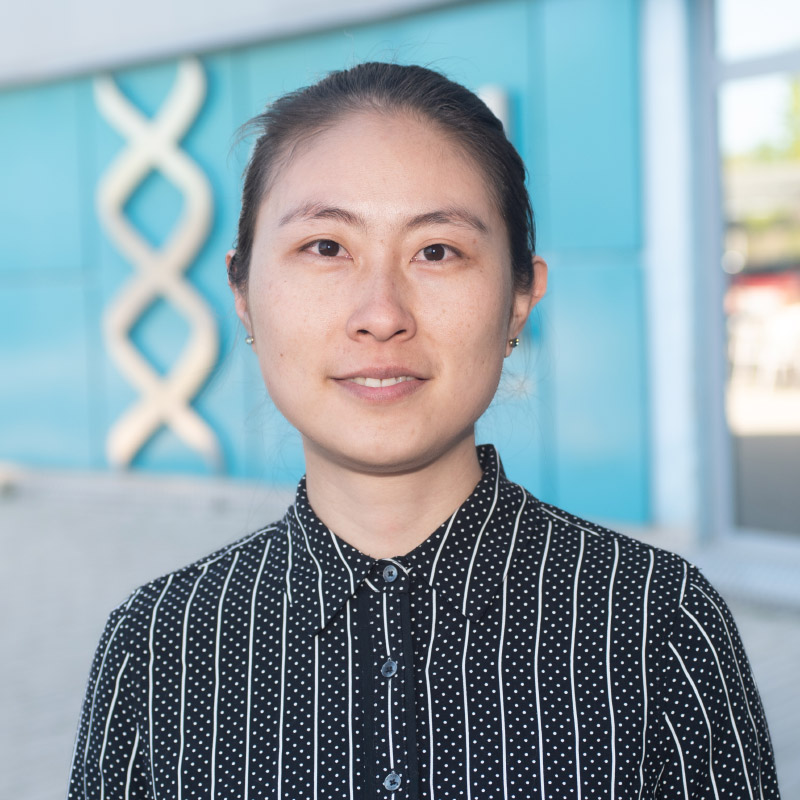
Yilin Sun
Lab.: 227 Ext.: 4587
yilin.sun(at)cbm.csic.es
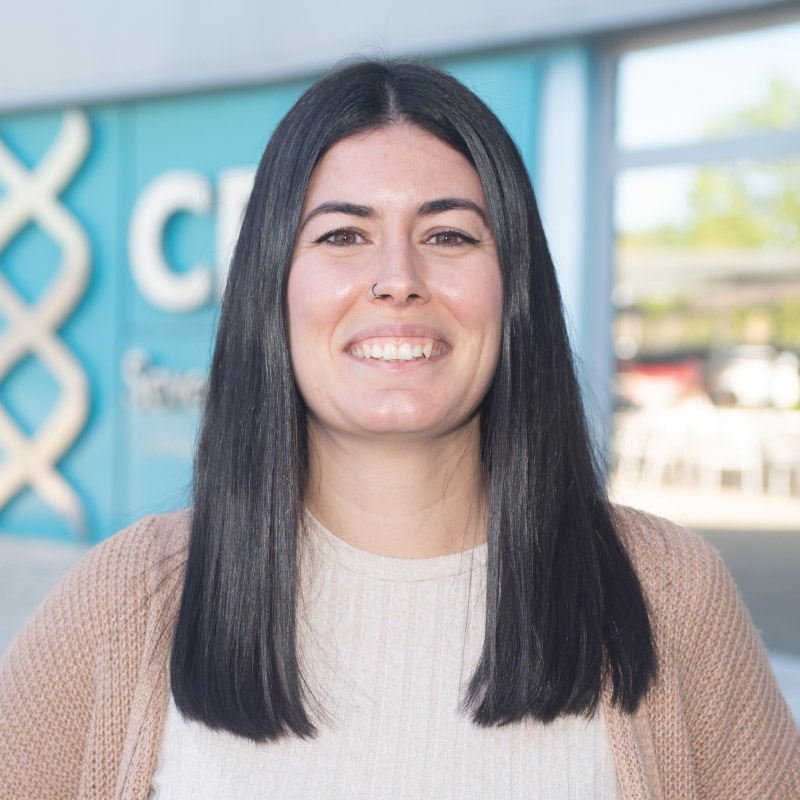
Carolina Gutiérrez Martínez
Lab.: 227 Ext.: 4587
carolina.gutierrez(at)cbm.csic.es
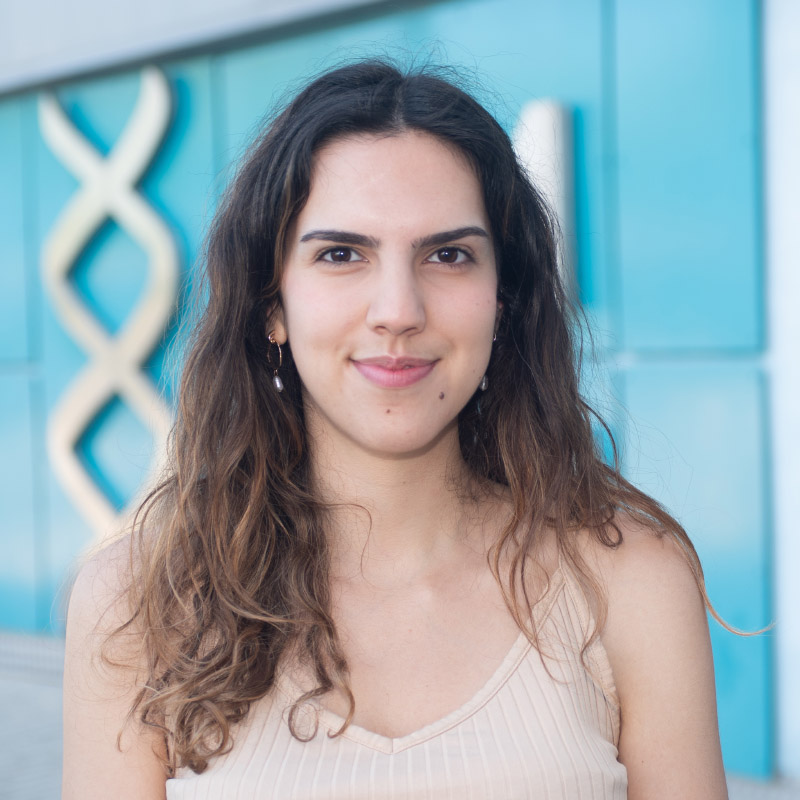
Teresa Gil Ruiz
Lab.: 227 Ext.: 4587
tgil(at)cbm.csic.es
Selected publications

Nitric oxide mediates aortic disease in mice deficient in the metalloprotease Adamts1 and in a mouse model of Marfan syndrome
Jorge Oller et al.

Conditional deletion of Rcan1 predisposes to hypertension-mediated intramural hematoma and subsequent aneurysm and aortic rupture
Silvia Villahoz et al.

CDCA7 finely tunes cytoskeleton dynamics to promote lymphoma migration and invasion
Carla Martín-Cortázar et al.

EMBO Mol Med 2024: Versican accumulation drives Nos2 induction and aortic disease in Marfan syndrome via Akt activation
María Jesús Ruiz-Rodríguez et al.
